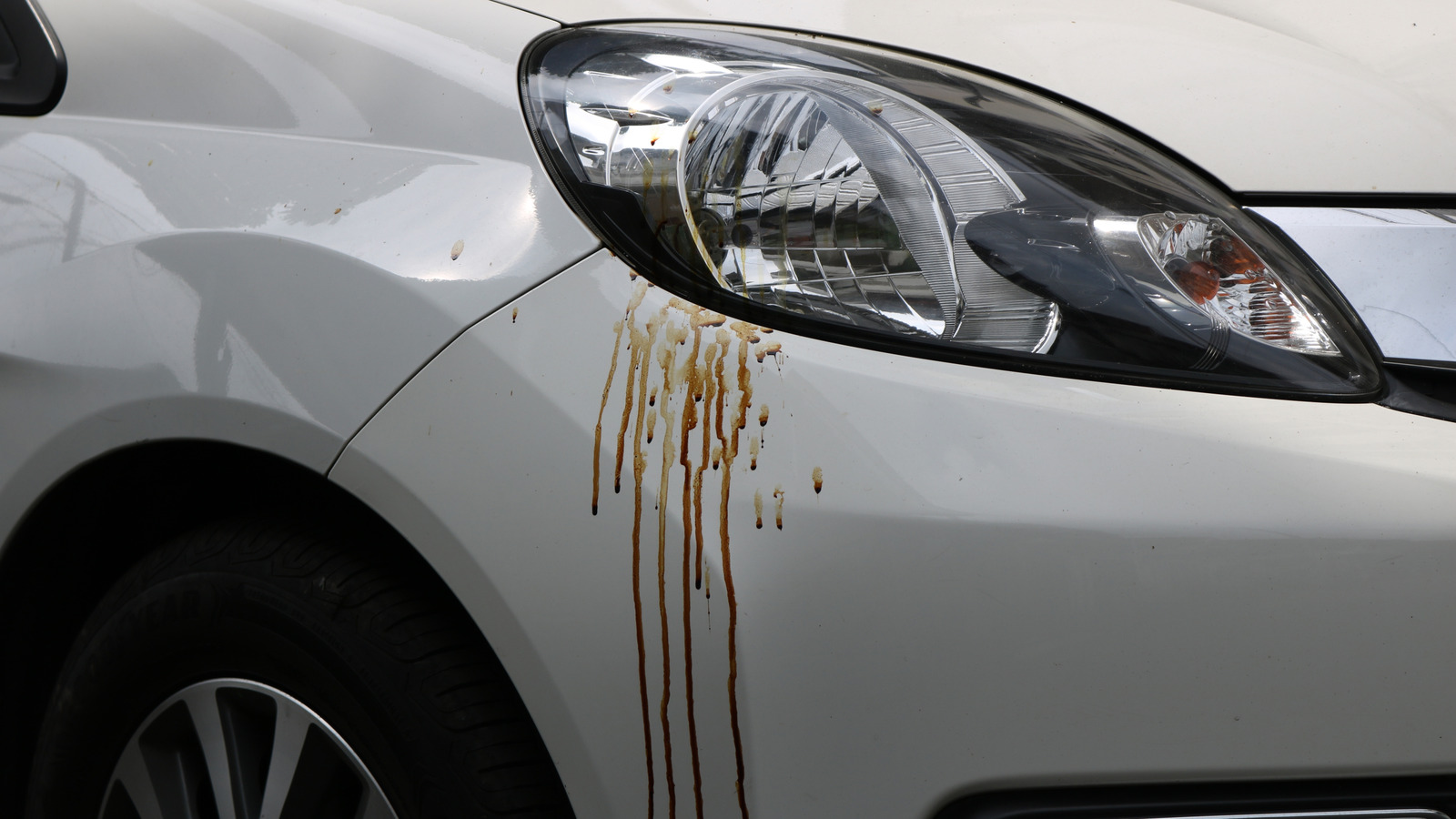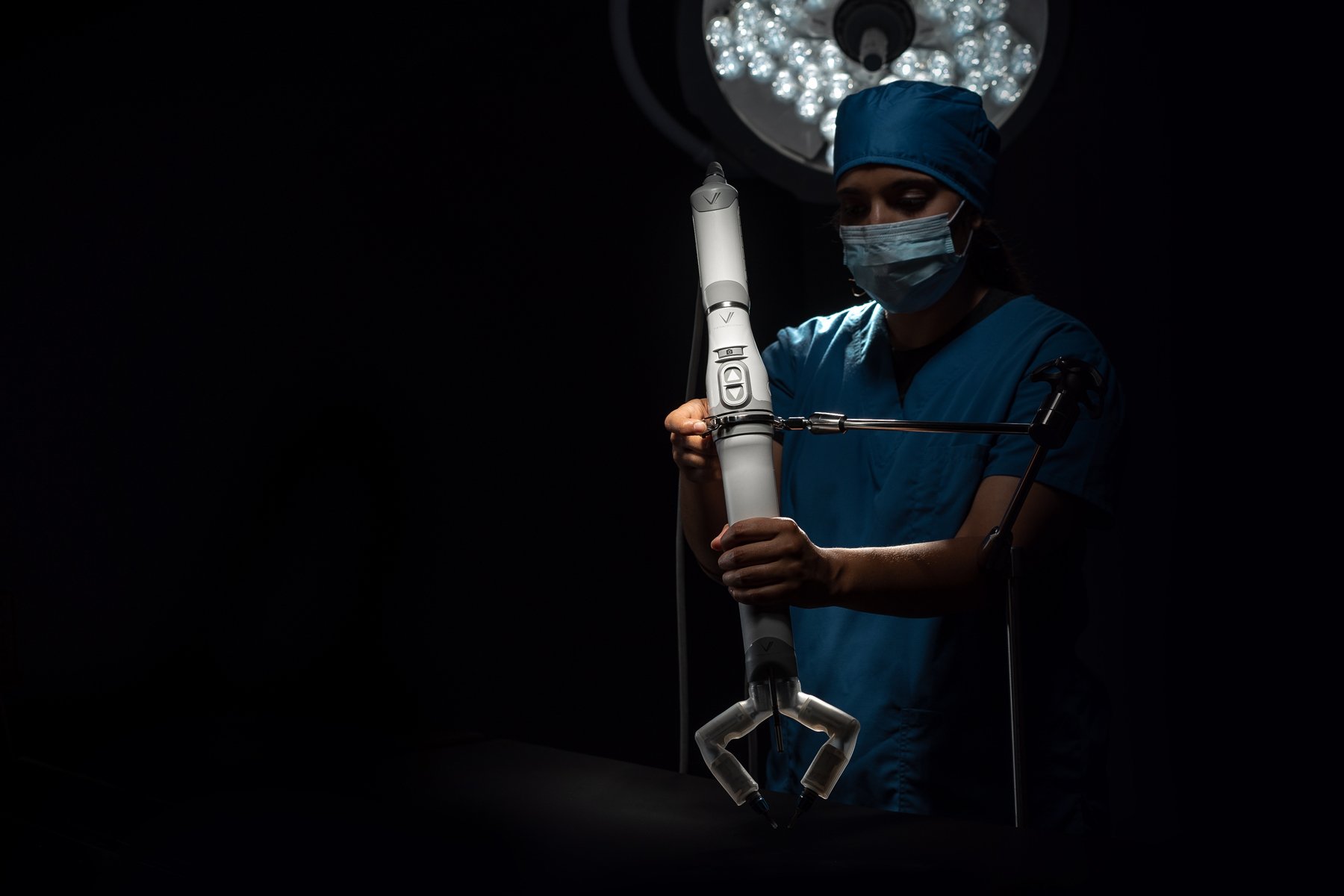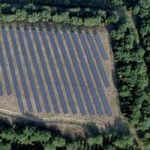Engineering a Human‐Sized Common Bile Duct Prototype with Regenerative Potential: In Vitro Evaluation of Mechanics, Function, Degradation, and Immune Modulation
Advanced Healthcare Materials, EarlyView.

This study presents a multiphasic bile duct construct composed of biocompatible materials and cells, featuring an inner layer that supports biliary epithelium growth, a middle layer providing mechanical strength, and an outer cell-permissive layer designed to support future in vivo integration. The construct resists delamination, allows easy suturing, supports bile flow and bile acid transport, and elicits a favorable immune response.
Abstract
Tissue engineering offers new hope for treating biliary defects. Several scaffolds have been proposed, but their properties have not been fully investigated. In this study, the design, fabrication, and characterization of a novel common bile duct (CBD)-like prototype are described. This prototype combines two biocompatible biomaterials, methacrylated type I collagen (CollMA) and poly(ε-caprolactone) (PCL), along with biliary epithelial cells. CollMA supports the organization of biliary epithelial cells into a functional biliary-like epithelium, as shown by histological, functional, and proteomic assays, while PCL provides mechanical strength. The biological and mechanical phases of the prototype are integrated into a multiphasic tubular scaffold using molding and electrospinning techniques. The final CBD-like prototype consists of three interpenetrating phases: from innermost to outermost, these are biliary epithelial cell-laden CollMA, PCL, and CollMA. This design overcomes challenges seen in multilayer constructs, such as interlayer delamination and lack of homogeneity. The prototype remains stable under physiological conditions, enables bile flow without leakage, and exhibits bile acid transport and modification activities, warranting future in vivo preclinical evaluation. In an ex vivo human blood assay, the acellular prototype elicited a favorable immune response, limiting inflammation and promoting sustained release of epidermal growth factor (EGF), indicating its potential to support regenerative processes.














































































































































